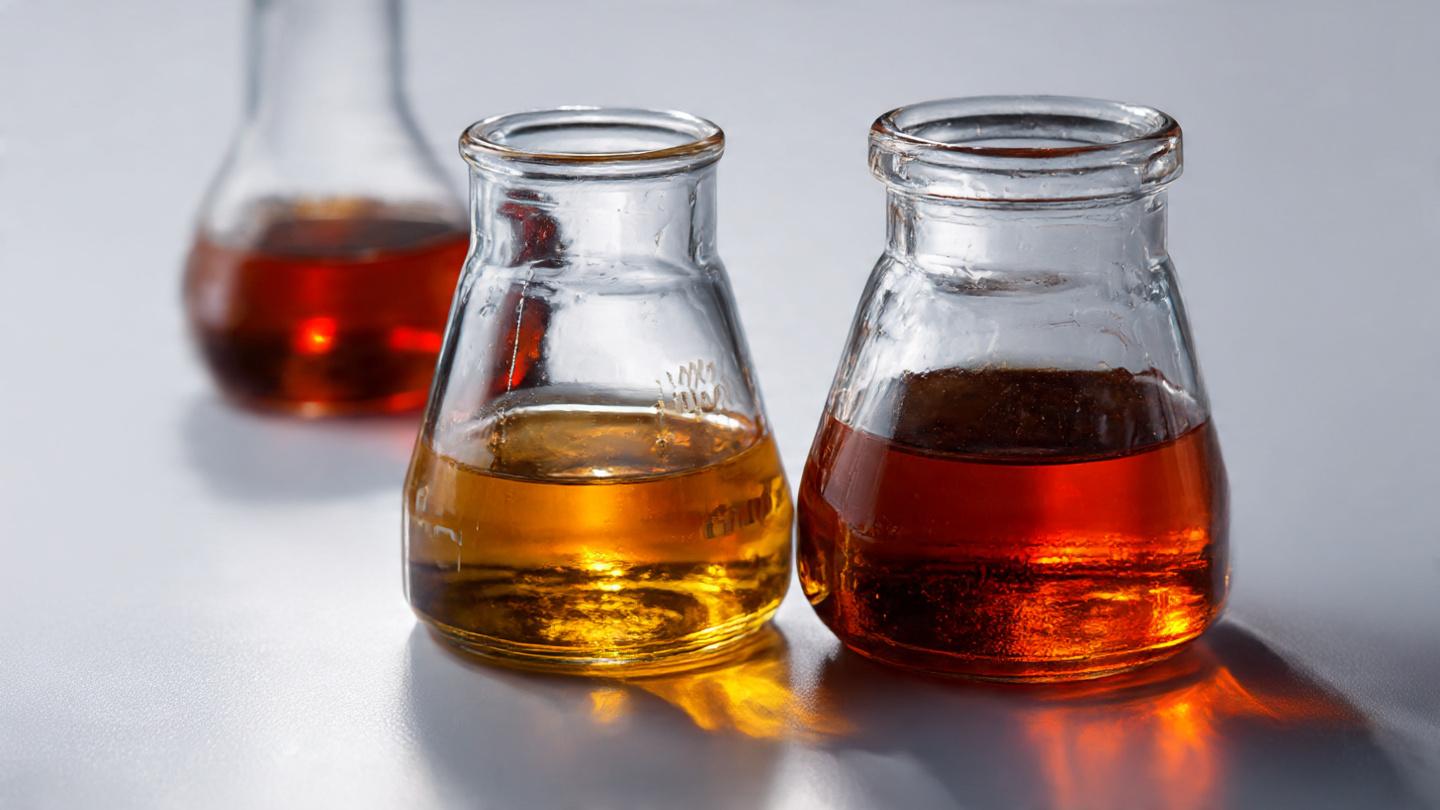Acetone, one of the most widely used organic solvents in industries like pharmaceuticals, paints & coatings, plastics, and adhesives, has seen significant price fluctuations over the past year. The Acetone price trend is heavily influenced by crude oil dynamics, feedstock availability, and global economic conditions, making it essential for procurement teams and manufacturers to track the latest market signals.
Recent Price Movements
In 2024–2025, global Acetone prices displayed volatility due to changing supply scenarios, feedstock (Cumene) costs, and fluctuating demand from downstream industries like MMA (Methyl Methacrylate) and Bisphenol A. Regions such as Asia-Pacific witnessed sharper corrections due to oversupply, while North America saw steady pricing supported by consistent industrial demand.
Asia-Pacific (APAC):
APAC markets experienced moderate price declines due to weak downstream demand and high inventory levels in China and Southeast Asia. Lower crude oil prices and reduced Cumene costs further contributed to the downward movement.
Europe:
In Europe, Acetone prices remained firm despite slower manufacturing activity. Supply tightness caused by reduced operating rates at petrochemical complexes supported the market.
North America:
The North American market observed stable-to-slightly-increasing prices owing to healthy demand from chemical processing, paints, and coatings sectors.
Key Factors Influencing Acetone Prices
1. Feedstock Cumene Prices
Acetone is primarily produced via the Cumene process. Variations in Cumene and benzene prices directly impact production costs.
2. Crude Oil Market Volatility
As a petrochemical derivative, Acetone prices closely follow crude oil trends. A drop in crude oil typically reduces production costs.
3. Downstream Industry Demand
Industries like MMA, solvents, pharmaceuticals, and resins significantly influence consumption levels and price direction.
4. Supply Chain & Production Rates
Plant shutdowns, turnaround schedules, and import/export disruptions play major roles in tightening or easing the market.
5. Geopolitical and Economic Conditions
Global trade policies, freight rates, and industrial output affect pricing across regions.
Market Outlook
The Acetone market is expected to experience stable-to-positive growth in the upcoming quarters as manufacturing activity improves globally. Increasing demand from paints, coatings, and polymer industries will likely support higher consumption. However, crude oil trends and feedstock price movements will continue to dictate short-term fluctuations.
Frequently Asked Questions (FAQ)
1. What is driving the current Acetone price trend?
The major drivers include feedstock Cumene costs, global crude oil movements, supply–demand balance, and economic conditions affecting downstream industries.
2. Which region has the highest Acetone prices currently?
Europe often records comparatively higher prices due to tighter supply and higher production costs, while Asia typically shows more competitive pricing.
3. How do crude oil prices impact Acetone prices?
Acetone is a petrochemical product, so fluctuations in crude oil directly influence production costs, impacting market prices.
4. What industries most affect Acetone demand?
Key sectors include paints & coatings, pharmaceuticals, adhesives, plastics, and MMA production.
5. What is the short-term outlook for Acetone prices?
Prices are likely to remain moderately stable with slight upward potential depending on crude oil trends and regional supply conditions.

